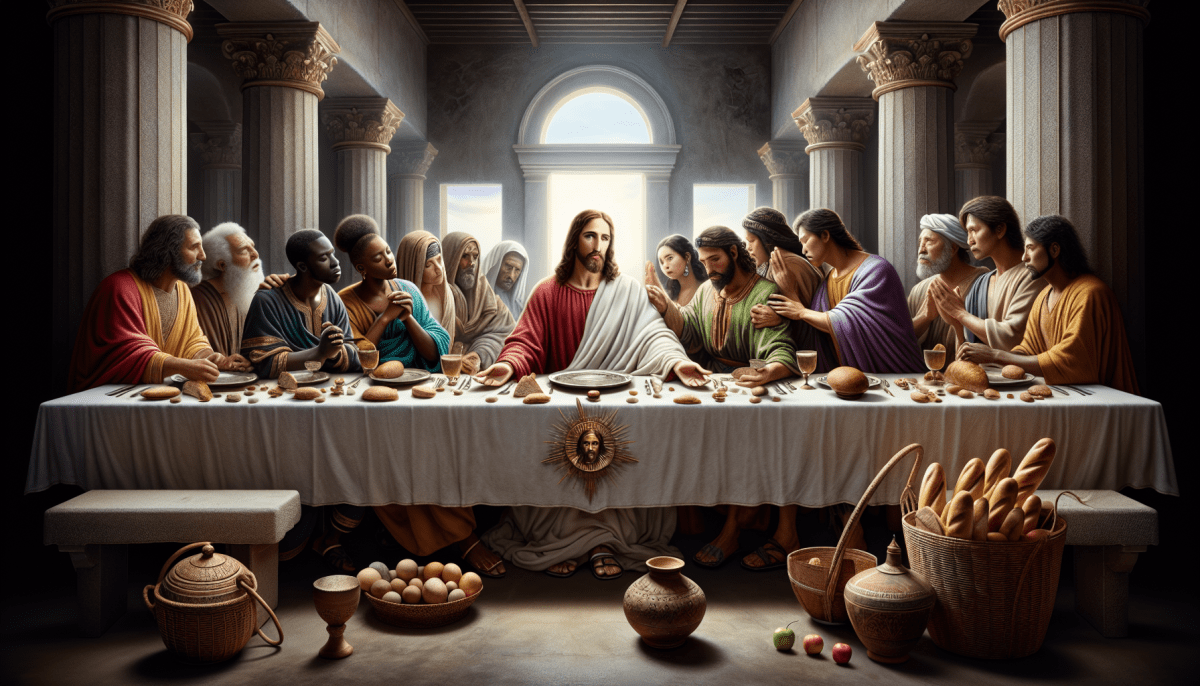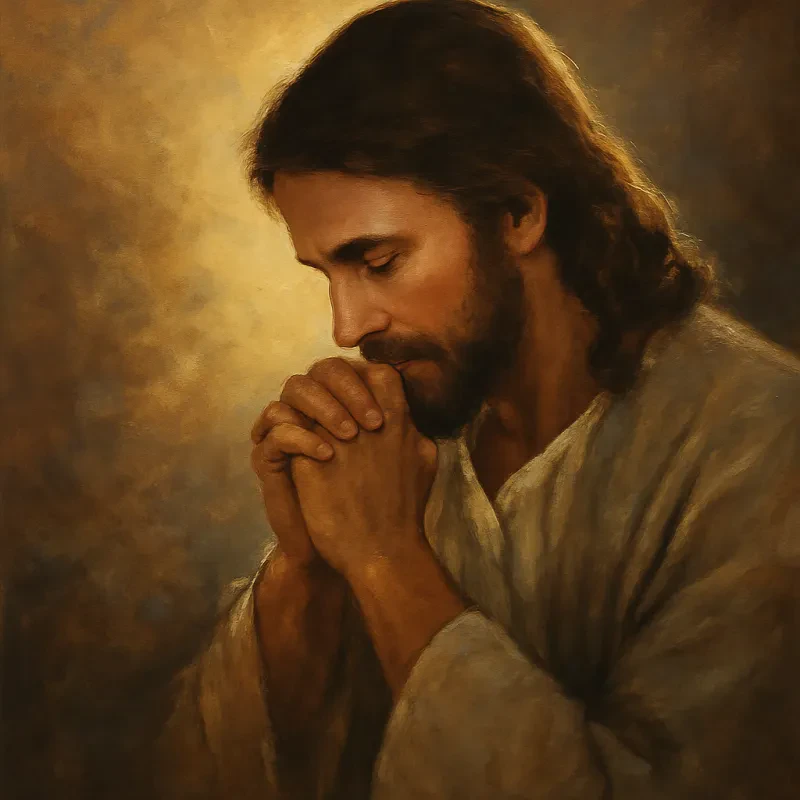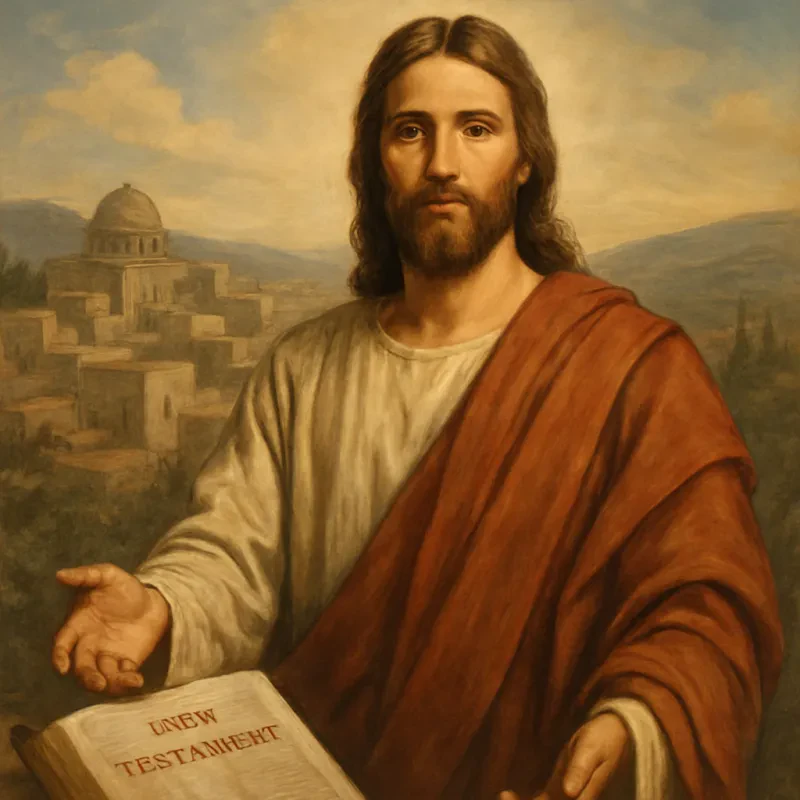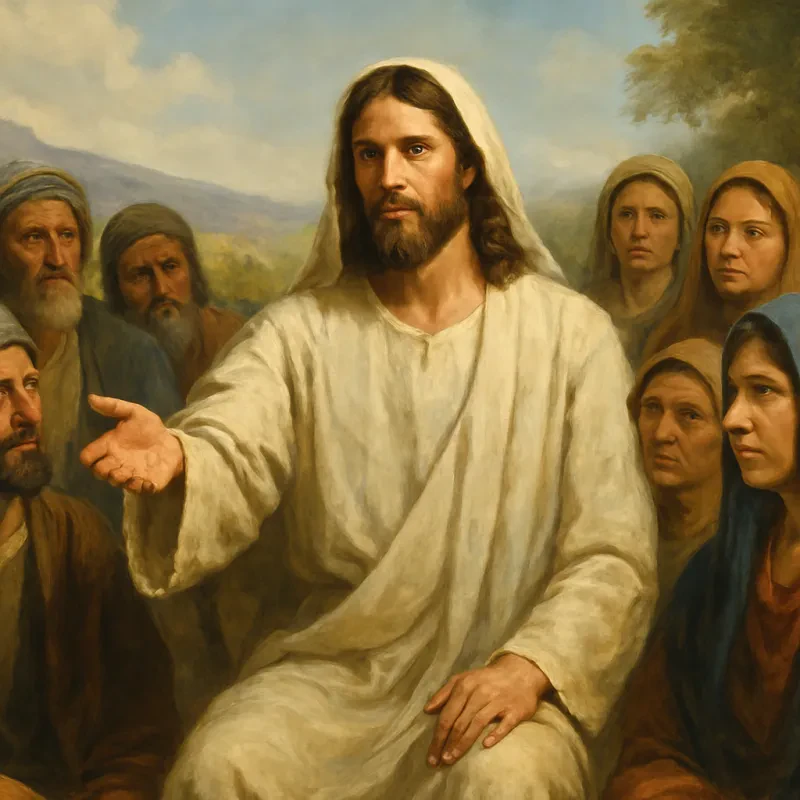The Last Supper stands as one of the most powerful and spiritually significant events in the life and ministry of Jesus Christ. It was more than just a final meal shared with His disciples—it was a divine moment filled with prophecy, symbolism, and a demonstration of perfect love. For Christians around the world, understanding the meaning and impact of the Last Supper deepens their appreciation of Christ’s sacrifice and the new covenant of grace.
What Was the Last Supper?
The Last Supper refers to the final meal Jesus shared with His twelve disciples before His crucifixion. It took place during the Jewish Passover celebration, a festival that commemorated Israel’s deliverance from slavery in Egypt. This meal is documented in all four Gospels—Matthew 26, Mark 14, Luke 22, and John 13—and is considered a cornerstone event in the New Testament.
The Setting of the Last Supper
A Room Prepared in Jerusalem
Jesus instructed His disciples to find a man carrying a jar of water and follow him to a house with an upper room already prepared. This room became the sacred setting for the Last Supper. The deliberate planning shows Jesus’ control over the events leading to His crucifixion, even as He faced betrayal and death.
Passover Significance
The timing of the Last Supper during Passover adds layers of meaning. Passover celebrated the lamb’s blood that saved Israel’s firstborn during the final plague in Egypt. At this meal, Jesus revealed that He was the true Passover Lamb, whose blood would be poured out for the salvation of mankind.
Key Moments at the Table
Jesus Washes the Disciples’ Feet
One of the most humbling acts during the Last Supper was when Jesus washed His disciples' feet (John 13:1–17). This act of servanthood demonstrated the kind of love and humility Jesus expects of His followers. Even as the Son of God, He stooped low to serve.
“If I then, your Lord and Teacher, have washed your feet, you also ought to wash one another’s feet.” – John 13:14
The Revelation of Betrayal
Jesus openly announced that one of the disciples would betray Him. This shocking declaration brought tension to the room. Despite the secrecy, Jesus handed a piece of bread to Judas Iscariot, signaling he was the betrayer. Yet even in this, Jesus showed grace, offering Judas a chance to repent.
The Institution of the Lord’s Supper
At the heart of the evening, Jesus took bread and wine—common elements of the meal—and gave them new meaning.
-
The Bread: “This is my body, broken for you.”
-
The Wine: “This is my blood of the new covenant, poured out for many.”
With these words, Jesus instituted what Christians now know as Communion or the Lord’s Supper, a sacred practice still observed in churches today.
The Spiritual Significance of the Last Supper
A New Covenant
Jesus introduced a new covenant between God and man, no longer based on the law or animal sacrifices, but on His own sacrificial death. This covenant offers forgiveness of sins, a restored relationship with God, and eternal life.
A Call to Remembrance
Jesus instructed His followers to “do this in remembrance of Me.” Each time believers partake in Communion, they are not only recalling His sacrifice but also proclaiming His death until He comes again.
A Foretaste of the Heavenly Banquet
The Last Supper also pointed forward to the marriage supper of the Lamb—a future feast in heaven where Christ and His bride, the Church, will celebrate eternal union (Revelation 19:6–9).
Lessons for Modern Disciples
Humility and Service
Jesus’ actions remind us that greatness in the Kingdom of God is found in service, not status. Followers of Christ are called to serve one another in love, just as He did.
Faithfulness Amid Trials
The disciples didn’t fully understand the gravity of the moment, but they trusted Jesus. In the same way, believers today are called to walk by faith, especially in difficult or uncertain times.
Unity in the Body of Christ
The Last Supper brought together men of different backgrounds, personalities, and weaknesses. Yet Jesus united them around one table. Christians today are also called to unity, remembering that the blood of Christ makes us one family.
The Last Supper in Christian Art and Worship
Throughout history, the Last Supper has inspired countless works of art, most famously Leonardo da Vinci’s iconic painting. But beyond art, its real legacy lies in how it shapes Christian worship.
-
Communion Services: Churches regularly celebrate the Lord’s Supper, obeying Christ’s command to remember His sacrifice.
-
Holy Week Observances: Maundy Thursday commemorates the Last Supper, typically observed with foot-washing ceremonies and Communion.
-
Personal Reflection: Believers use the Lord’s Supper as a time for self-examination, gratitude, and recommitment to following Christ.
A Message of Hope and Redemption
Despite the dark shadow of the cross looming, the Last Supper is not a moment of defeat—it’s a celebration of love, obedience, and victory. Jesus knew the pain that awaited Him, but He chose to endure the cross for the joy set before Him (Hebrews 12:2)—the salvation of those who believe.
Conclusion: Living the Message of the Last Supper
The Last Supper is more than a historical event; it’s a living message that calls believers to remember, reflect, and respond. Every time we break bread and drink the cup, we proclaim the life, death, and resurrection of our Savior. We are reminded of His love, His sacrifice, and His promise to return.
“For whenever you eat this bread and drink this cup, you proclaim the Lord’s death until he comes.” – 1 Corinthians 11:26
May every follower of Jesus cherish the Last Supper as a sacred symbol of grace, redemption, and eternal hope.







